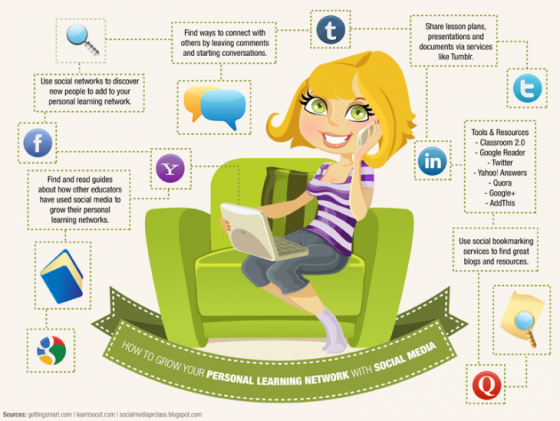Have you ever seen a Japanese Chin? If you’re thinking of if you’ve ever really examined a Japanese person’s chin before, the answer is no, you haven’t seen the type of Japanese Chin that I’m talking about. The kind I’m talking about is a breed of dog, and its ten times better than whatever you thought a Japanese Chin may be!
I first found out what a Japanese Chin truly is when I was ten years old. Bright-eyed and in love with every puppy I saw, I bounced to and fro “Quality Canines,” desperate for a puppy, finally. I was set on a Yorkie, one of the more popular toy dogs; however, I was still overjoyed to see all the sweet faces around me. This joy dissipated as soon as the shop owner told my father that there were no Yorkies under $800. He told us to look around at the other dogs, which he promised were just as great. He pointed towards the small cage with two gremlin-like dogs inside that I had never seen before in my life. An eager child, I had studied many of the dog breeds: Yorkies, shih tzus, pomeranians. Japanese Chin was a breed I hadn’t heard before, though.
“Those two are only $500,” I heard him say, and I felt the lump in the bottom of my chest fade, and my hopes began to soar. My dad asked more and more questions, and the only things the shop owner seemed to say were good things. Even as a ten year old, I was confused. It was too good to be true. How could these dogs be so great, but so cheap? Something had to be wrong with them.
Turns out that there is nothing wrong with them, once you get past their truly unique looks. The shop owner persuaded us that they were only inexpensive because they were rare, as opposed to the Yorkie, which everyone and their mother wanted– and still does– want. I gained my best friend when I turned ten, and Suki has been there for me ever since. When my sister and I had finally had our own money years later, we knew what would be the best ‘bang for our buck.’ Another chin, of course! After all, chins are like potato chips; You can’t eat just one! I now feel it is my duty to share why these little, rare, gremlin-like dogs are so very special with the rest of the world.
Why Own a Chin?
-
Small– perfect size for an apartment, but of course, as with any animal, the more space the better!
-
They don’t bark, typically (usually only for a guest that comes to the door, or something out of the ordinary)
-
The Chin Spin, chin singing, and chin head tilts
-
Incredibly loyal to their owners
-
Relatively inexpensive– check out the listings, here, for great breeders, who sell their pups to promising homes inexpensively
-
Rare– I can almost promise you that you’ll be the only one walking a Japanese Chin in your local park
-
Low maintenance coat (brush twice a week)
-
Comes in three different color shades: black and white, brown (red) and white, lemon
-
Historically speaking, they are the pets of royalty
-
Cat-like, so if you like cats, Japanese Chins are the dog for you!





























